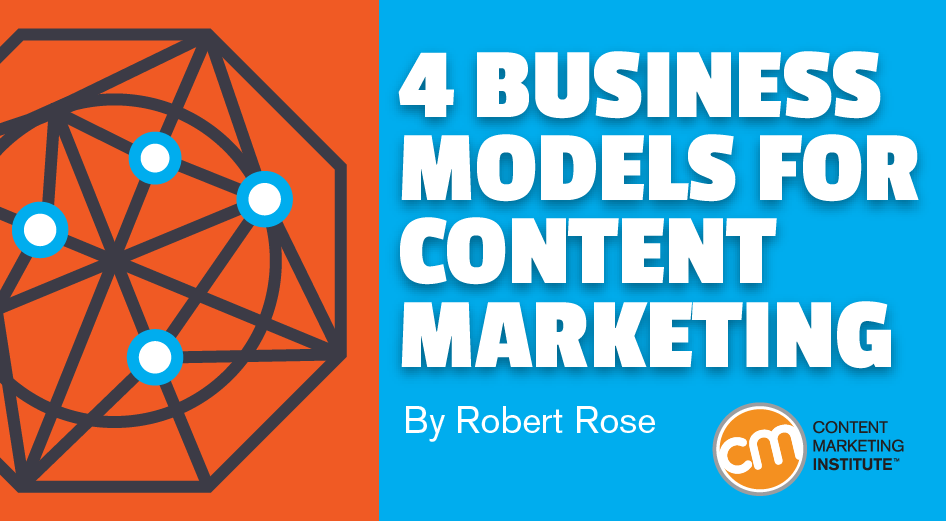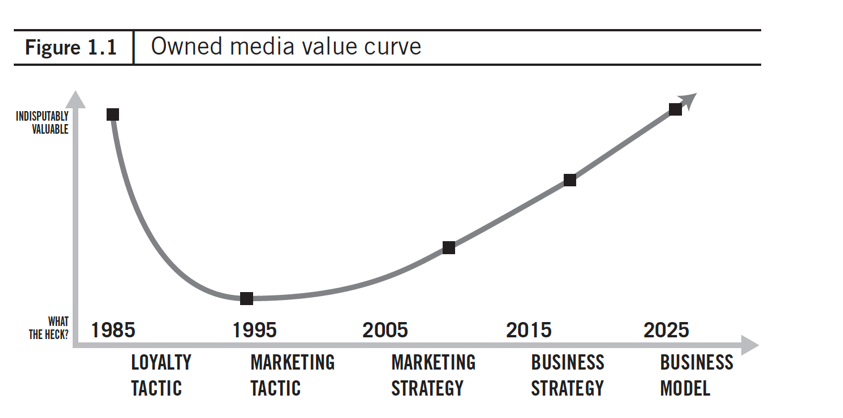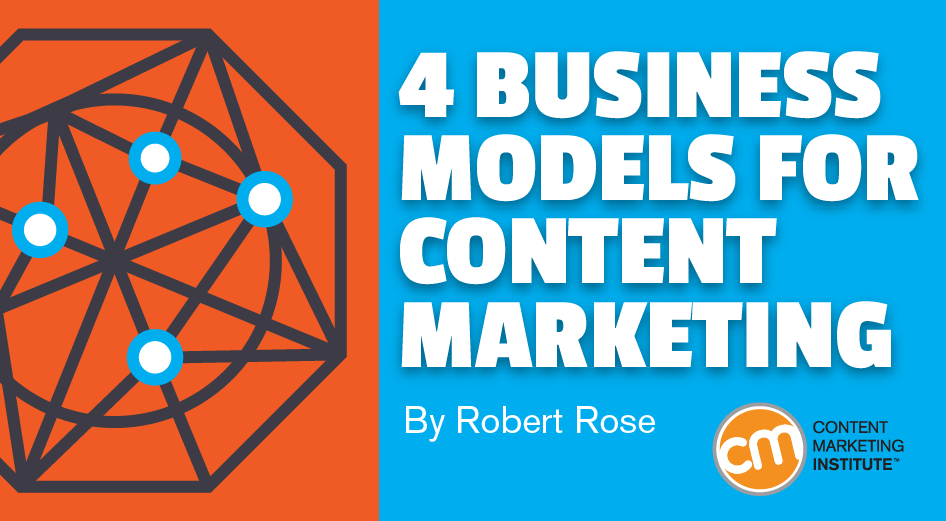Our aim is to highlight new, optimal internal business models for content marketing and use the innovations of the moving assembly line as a metaphor for that. For product and service brands, building an owned media strategy as a strategic function in the business is akin to how companies were using the assembly line in 1913. Put simply: All of these incredibly successful companies have installed owned media as business models within their company. The other end of the business integration scale is content marketing as a core business strategy. There may be few or no owned media platforms at work. These are usually smaller teams that become more mature and may evolve into the Performer model (directly above on the graph). Example: Read how software company Symantec evolved from a successful Player, campaign-focused business model to a Performer center-of-excellence model. In the Processor business model, a direct team may take responsibility for some centralized content functions but not for the creation of content. Platform – content as integrated business The business views content marketing as an integrated and often fully functional business within the business. At the more sophisticated end of this spectrum, the teams may operate autonomously from other parts of the organization – but provide strategic business value by assisting with access to core audiences that the brand wants to reach.

Author’s Note: As has been pointed out to me in the comments on the blog and on social media, Henry Ford was a noted bigot who spread much of his bigotry through content. Additionally, our timing of publishing a post noting Henry Ford’s assembly-line accomplishment comes at the most inopportune moment given the tragedy of the past few days. The latter resulted from an advanced publishing queue and unforeseen events colliding in a very unfortunate way. Regarding the former, I am cognizant of Henry Ford’s disturbing views on race and religion. I do believe and hope that this post is conveying what we can learn from the innovation without subscribing to the viewpoint of the man.
However, the headline (and subsequent feature image) did not reflect that aim, and to those hurt by that I sincerely apologize. So, as an editorial team, we have changed the headline and image accordingly to hopefully better reflect our aim with the post. Our aim is to highlight new, optimal internal business models for content marketing and use the innovations of the moving assembly line as a metaphor for that. We are certainly not in the business of celebrating the ugly views of one particular man.
On the first of December, we will note the 105th anniversary of Henry Ford’s installation of the first moving assembly line for the mass production of automobiles. His innovation reduced the time it took to build a car from more than 12 hours to two hours 30 minutes.
Henry, of course, didn’t invent the assembly line. It was a relatively well-worn invention when he installed it into his business. His true innovation was integrating the assembly line, along with other changes such as doubling worker’s salary and mechanizing the assembly line to move into a new business model. It was the new business model, not the assembly line, that enabled Henry to change the world and democratize the automobile.
This is a perfect metaphor for where content marketing is in 2018. For product and service brands, building an owned media strategy as a strategic function in the business is akin to how companies were using the assembly line in 1913. Some companies only see it as a more efficient way to do classic, direct marketing. Some others see it as a complete alternative to advertising and treat it as such. And content marketing is neither of those things.
As our research, again, shows this year, a successful content marketing organization is strategic, has involvement from the highest levels in the organization, focuses on building audiences, and uses content at all stages of the buyer’s journey. In short, businesses that are successful content marketers are integrating a combination of changes to install the function of content as a business model.
Value of the owned media business model
In my book with CMI founder Joe Pulizzi, Killing Marketing, we offered the historical, strategic value of owned media (our content marketing) as a function in the business. We identified this idea as follows:

The graph shows that, as the production and distribution of content becomes more commoditized through technology, the business value of original, high-quality content increases. Put slightly differently, as “reaching audiences” becomes more difficult, fragmented, and filtered, the ability to generate and hold attention from an audience with original content becomes increasingly more valuable to the business.
You can certainly see this happening at tectonic scale. Amazon, Apple, Google, AT&T, and Verizon are quickly becoming the largest media companies on the planet. Why? Because there is tremendous value and competitive advantage in having direct access to audiences.
And you can see it happening at the smaller level as well. Microsoft’s recent acquisition, and amazingly high $7.5 billion valuation, of GitHub had little to do with the company’s technology. It had everything to do with the ability to more easily engage one of the hardest to reach audiences on the planet – software developers.
Put simply: All of these incredibly successful companies have installed owned media as business models within their company.
But, OK, if content marketing is best structured as an integrated “business model” in your company – what is the best way for you to structure it?
What is the right content marketing business model
As part of our consulting and education practice, we’ve worked with companies for the last 10 years on figuring out the right method of mechanizing content marketing for companies.
Recently, we established a bit of a new framework for companies to consider when looking to structure their content marketing business model. We took huge inspiration from the remarkable media strategy work that Deborah Bothun and John Sviokla at PwC expressed in the summer 2016.
As they looked at the overall structure of owned media, we looked at four internal business models for content marketing against two scales. The critical conclusion isn’t that any one model is better than another (though perhaps there is a maturity curve to be seen).
Rather, the insight is that as businesses look to integrate content marketing more deeply in their strategy, they have clarity around which model they are installing. Each model has a different investment strategy, optimal team structure, discrete measurement goals, and road map to evolve. Thus, being able to communicate which model you will pursue helps to deliver a clearer…

COMMENTS